Sourcing Electronic Spare Parts: A Comprehensive Guide
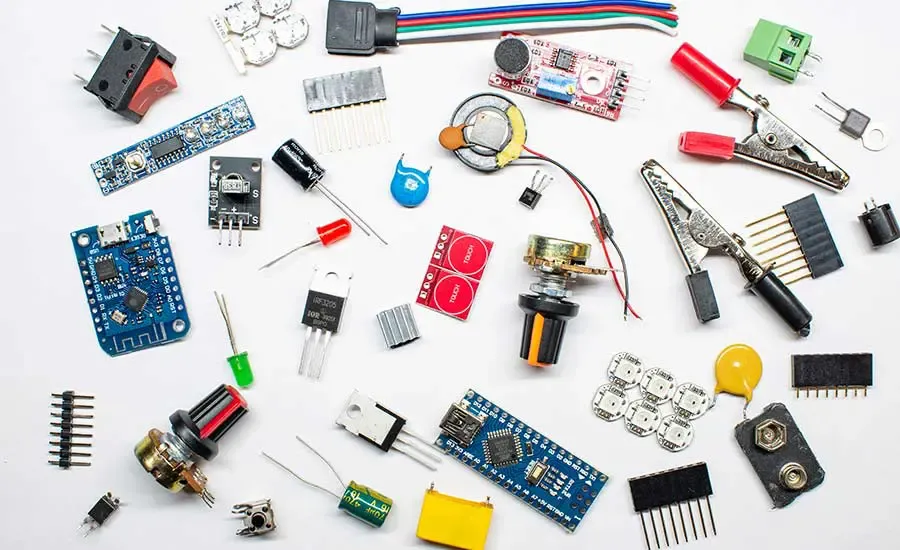
In today's technology-driven world, electronic spare parts are the unsung heroes keeping our devices running. From the simplest household gadgets to complex industrial machinery, these tiny components ensure seamless functionality. This guide will navigate you through the complex landscape of sourcing electronic spare parts, equipping you with the knowledge to find what you need efficiently, while highlighting the critical role these parts play in our daily lives and the technological advancements we rely on.
Understanding the Landscape of Electronic Spare Parts

Electronic spare parts are fundamental for maintaining, repairing, and upgrading electronic devices, encompassing a diverse range of components categorized primarily as active, passive, and electromechanical. These parts are essential for ensuring the longevity and functionality of electronic systems across various industries.
At the heart of this topic lies the need to understand the classification of electronic components and their specific applications, which is crucial for identifying the correct replacement part for a repair or maintenance task, and to effectively source the required components.
Key considerations before selecting spare parts include understanding the different types of components:
- Active Components
These components, such as transistors and integrated circuits (ICs), can control current flow and perform amplification or switching functions. They require a power source to operate. - Passive Components
These parts, including resistors, capacitors, and inductors, do not require an external power source. They are used to manage and control electrical signals. They also provide essential functions like filtering and timing. - Electromechanical Components
These parts combine electrical and mechanical functions, including items like switches, relays, and connectors, which provide physical interfaces and control mechanisms.
The user's intent when researching electronic spare parts includes several key needs: first, the user wants to understand what constitutes an electronic spare part; second, the user needs to categorize the different components, which is crucial for correct selection. Third, the user wants to know the significance of the term 'spare parts' in the context of electronics. Understanding these needs is essential for providing targeted and relevant information in this section.
The information needed to fully address the topic includes: a precise definition of the term 'spare parts' within the realm of electronics; an overview of the basic characteristics of electronic spare parts, a summary of how these parts are used in repair and maintenance; and data, case studies or examples to support the explanations. Possible solutions include presenting the information textually, using lists to categorize components, and providing clear definitions of key terms. Textual explanations offer context and detail; lists provide organization and clarity; and definitions remove ambiguity. Using a table is not needed in this section, as the focus is on describing the landscape, and tables are more relevant to comparison of data. The main advantage of textual explanation is the ability to provide detail. The advantage of lists is the clarity provided. The disadvantage of text explanations, if not well structured, may be dense and difficult to grasp, lists may lack context, if not well designed.
Key Considerations Before Buying Electronic Spare Parts
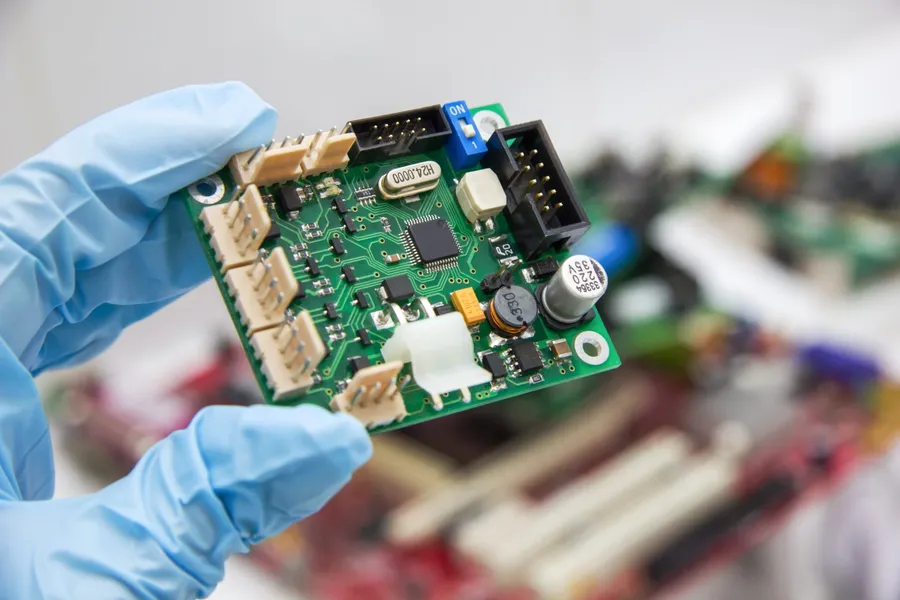
Procuring electronic spare parts requires careful consideration to ensure compatibility, quality, and reliability. Failing to address key factors can lead to project delays, safety hazards, and financial losses. This section provides a detailed guide on crucial considerations before making a purchase.
- Part Compatibility
Ensure the replacement part is an exact match for the original. This includes verifying the part number, manufacturer, and any relevant specifications such as voltage, current, and tolerance ratings. Use datasheets to confirm these specifications before purchase. Mismatched components can lead to malfunctions or even damage to other system parts. - Sourcing from Authorized Distributors
Prioritize purchasing from authorized distributors or reputable suppliers. Authorized distributors are directly supplied by the original component manufacturer, ensuring authenticity and reducing the risk of counterfeit parts. These distributors also typically provide proper documentation and warranty information. This helps guarantee the quality and safety of the part and avoids legal issues associated with unauthorized products. - Authenticity and Counterfeit Parts
The market for counterfeit electronic components is substantial and can include re-marked, recycled, or substandard components passed off as genuine. These counterfeit parts often lack the performance characteristics of genuine components, leading to reliability issues and device failures. Thoroughly examine packaging, markings, and source documentation. If prices seem too good to be true, they often are. - Meeting Specifications and Standards
Verify that the electronic spare parts meet all required specifications and industry standards, such as RoHS (Restriction of Hazardous Substances) compliance, REACH (Registration, Evaluation, Authorisation and Restriction of Chemicals), and any specific standards pertinent to your application (e.g., UL, CE, IEC). Compliance ensures the safety, environmental friendliness, and performance of the components. Documentation such as certificates of compliance should be provided by reputable suppliers. - Quantities and Lead Time
Consider the quantity of parts needed versus the supplier's minimum order quantity (MOQ). Plan for potential future requirements and note that lead times can vary significantly between distributors. Consider potential disruptions to the supply chain when establishing lead times and ordering in advance whenever possible. Always confirm the actual delivery time before placing the order.
Top Online Distributors for Electronic Spare Parts
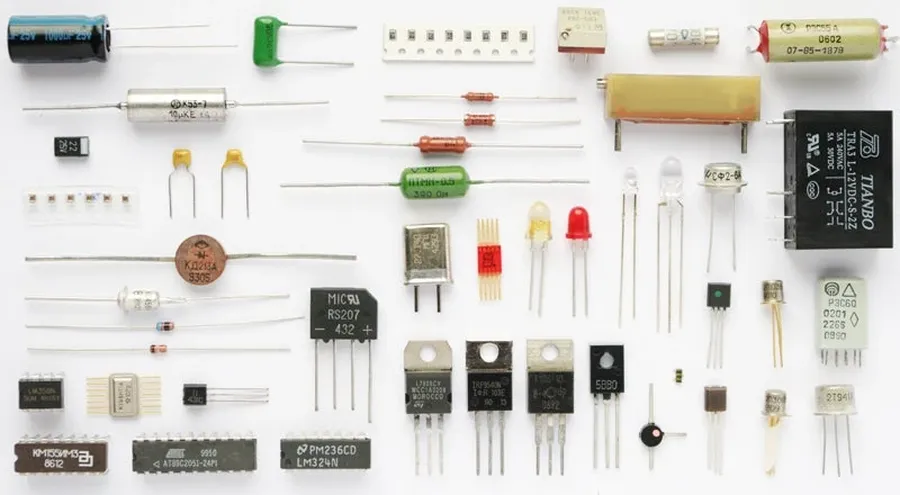
Selecting the appropriate online distributor for electronic spare parts is crucial for ensuring project success and efficiency. This section provides a comparative analysis of leading distributors, focusing on their strengths, weaknesses, and suitability for various needs.
| Distributor | Inventory Size | Pricing | Customer Support | Shipping Times | Strengths | Weaknesses |
|---|---|---|---|---|---|---|
| DigiKey | Extensive, very large selection | Competitive, varies by part and quantity | Highly rated, responsive | Fast, typically 1-3 business days | Vast catalog, excellent search tools, strong support | Can be overwhelming for new users, some parts may have higher costs |
| Mouser Electronics | Large, comprehensive selection | Generally competitive, volume discounts | Very good, knowledgeable support team | Efficient, usually 2-4 business days | Wide range of components, excellent search, strong technical resources | Slightly higher shipping costs for small orders |
| RS Components | Large stock, good availability | Competitive, with options for bulk buying | Good, professional support channels | Varied, can range from 1-5 business days | Strong global presence, diverse product offering | Interface can be less intuitive compared to others, product availability may vary geographically |
When choosing a distributor, consider the following tips:
- Assess your project needs:
Determine the specific types and quantities of parts required, which helps identify distributors with relevant stock and reasonable pricing for your specific needs. - Compare pricing:
While cost is essential, consider the total cost of ownership, including shipping fees and potential delays. Pricing varies depending on quantity and part availability. - Evaluate shipping times and costs:
Shipping times are crucial, especially for urgent projects. Factor in shipping expenses, which can vary significantly between distributors. Confirm these details before finalizing a purchase decision. - Check for authorized distributors:
To ensure authenticity and quality, always source parts from distributors who are authorized by the manufacturers, mitigating risks of counterfeit components. - Review customer support:
Assess the quality of customer service. A responsive and helpful support team can be essential, especially when dealing with complex orders or technical questions. - Use comparison tools:
Utilize online component search engines (e.g., Octopart) that allow you to compare prices and stock levels across multiple distributors simultaneously, simplifying your search and optimizing your purchasing strategy.
Specialized Electronic Component Sources
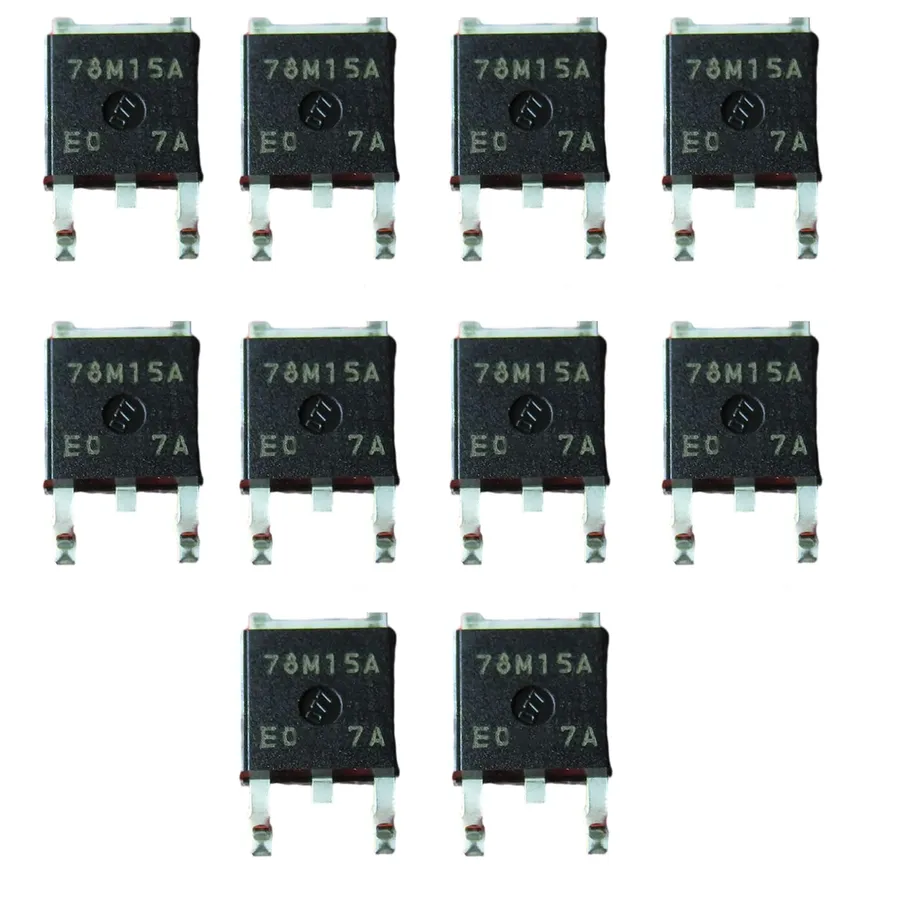
Beyond the major online distributors, a wealth of specialized sources exists for procuring specific electronic components. These niche suppliers often cater to particular industries or component types, offering unique advantages for projects with specialized needs, particularly in areas such as audio or vintage electronics.
- Niche Distributors
Distributors like Jameco Electronics and Parts Express provide access to a range of specialized components that may not be readily available from larger suppliers. These sources often stock unique or harder-to-find parts. - Specific Component Focus
Some distributors specialize in particular component types, such as audio components, vintage parts, or industrial-grade electronics. These sources can be invaluable for projects requiring highly specific components, offering specialized knowledge and support. - Advantages of Niche Suppliers
Niche distributors may offer better pricing, greater selection, or more personalized support for specific component categories. Their expertise in particular component areas can be crucial for successful project completion.
Leveraging these specialized sources can significantly enhance your ability to find the precise electronic spare parts needed for unique projects or repairs, expanding your options beyond mainstream suppliers. Consider niche distributors like Jameco Electronics and Parts Express, which cater to specific market segments.
| Distributor | Specialization | Strengths |
|---|---|---|
| Jameco Electronics | General Electronics, including kits | Good selection of standard components, educational kits, prototyping tools. |
| Parts Express | Audio Components | Extensive range of audio parts, including speakers, amplifiers, and connectors. |
| Antique Electronic Supply | Vintage and Vacuum Tube Components | Specializes in hard-to-find vintage components and vacuum tubes. |
Navigating Electronic Spare Parts Search Engines

Effectively utilizing specialized search engines is crucial for locating electronic spare parts across numerous distributors. These platforms aggregate component data, enabling users to compare prices, check stock levels, and access datasheets from a single interface. Mastering these tools is essential for efficient procurement.
- Leveraging Filters for Precise Searches
Employing filters within search engines is critical for narrowing down results to the specific electronic components needed. These filters can include parameters like manufacturer, part number, package type, component attributes (e.g., resistance, capacitance), and compliance standards (e.g., RoHS, REACH). By utilizing these filters, users can efficiently refine their search to locate compatible parts, avoiding unnecessary browsing. - Price Comparison Strategies
A fundamental advantage of using electronic component search engines is the ability to compare pricing across various distributors. It's essential to consider not only the unit price but also bulk discounts, shipping costs, and any additional fees. Furthermore, evaluating the reputation and reliability of each distributor can prevent issues with fraudulent products or poor service. Some search engines also offer price history charts for insights into market trends. - Verifying Stock Levels
Before making a purchase, always verify the real-time stock levels displayed by the search engine. These platforms usually receive continuous data updates from distributors, but it is a prudent step to click through to the distributor’s website for an added layer of validation before confirming an order. This helps prevent delays associated with back-ordered components or unexpected shipping times. - Combining Search Methods for Complex Needs
For uncommon or obsolete components, combining different search methodologies might be required. Start with a broad search on general terms, then narrow results with specific filters. If the search fails to yield the results, try alternative part numbers or look for equivalent components by their specifications. Utilizing community forums and online databases can also provide leads to less common spare parts.
| Feature | Description | Advantage | Disadvantage |
|---|---|---|---|
| Filter Application | Refining search results using specifications and standards | Saves time, more accurate results | Incorrect filters may exclude relevant options |
| Price Comparison | Comparing prices across multiple suppliers | Cost savings, optimized sourcing | May not include all suppliers or hidden costs |
| Stock Verification | Checking real-time availability | Avoids back orders, timely procurement | Data may lag; check supplier website directly |
Electronic Spare Parts: Essential Components List
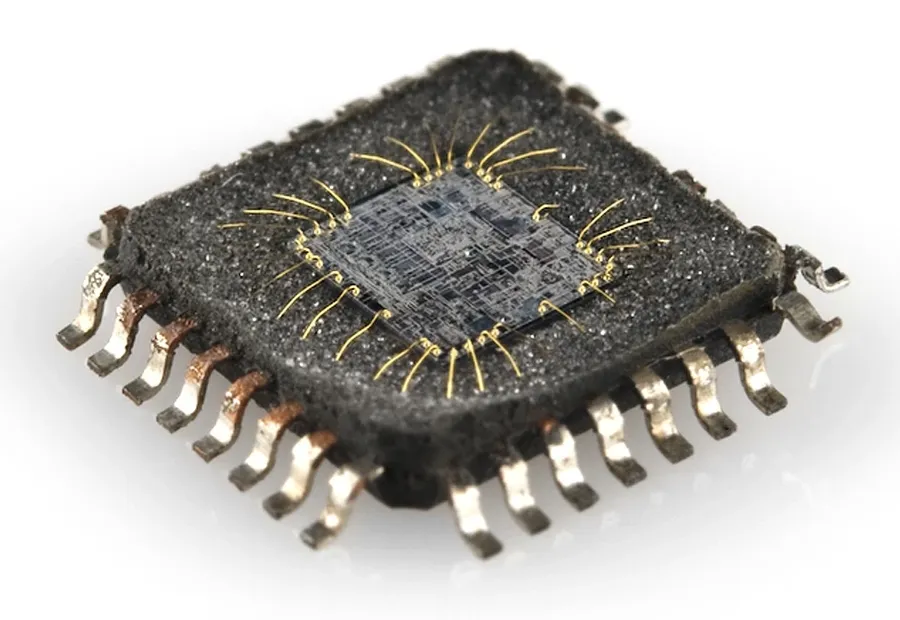
A foundational understanding of essential electronic components is crucial for effective repair, maintenance, and project development. This section provides a detailed overview of commonly used components, outlining their functions, typical applications, and key specifications.
| Component | Description | Typical Uses | Key Specifications |
|---|---|---|---|
| Resistors | Passive components that impede current flow, providing specific electrical resistance. | Current limiting, voltage division, heat generation. | Resistance (Ohms), power rating (Watts), tolerance. |
| Capacitors | Passive components that store electrical energy in an electric field. | Filtering, energy storage, timing circuits. | Capacitance (Farads), voltage rating, tolerance. |
| Transistors | Active semiconductor devices used to amplify or switch electronic signals. | Amplification, switching, logic circuits. | Type (BJT, FET), current gain, voltage rating. |
| Semiconductors | Materials with electrical conductivity between a conductor and an insulator; the foundation for modern electronics. | Diodes, transistors, integrated circuits. | Bandgap energy, doping concentration, mobility. |
| Switches | Electromechanical components that control the flow of current by opening or closing circuits. | Power control, signal routing, user interfaces. | Type (SPST, SPDT), current rating, voltage rating. |
| Diodes | Semiconductor devices that allow current flow primarily in one direction. | Rectification, signal modulation, overvoltage protection. | Forward voltage, reverse current, breakdown voltage. |
| Integrated Circuits (ICs) | Miniaturized electronic circuits manufactured in a semiconductor wafer; a complex circuit on a single chip. | Logic functions, amplification, data processing. | Functionality, pin count, operating voltage. |
| LEDs (Light Emitting Diodes) | Semiconductor light sources that emit light when a current flows through them. | Indicators, lighting, displays. | Wavelength (color), forward voltage, luminous intensity. |
Electronic Spare Parts: A Practical Approach to Procurement
Effective procurement of electronic spare parts requires a proactive and organized approach to ensure smooth operations and minimize downtime. This section provides practical guidance on managing your inventory, optimizing reordering processes, and planning for future needs, which is critical for maintaining operational efficiency.
A well-managed inventory of electronic spare parts is essential for preventing project delays and reducing costs associated with rush orders. This involves not just knowing what parts are on hand, but also anticipating future needs based on project demands, maintenance schedules and component lifecycles.
- Establish a Centralized Inventory System
Implement a system, either digital or manual, to track all spare parts. Include details such as part numbers, quantities, locations, and last purchase dates. Regularly update this system to ensure accuracy and reliability. - Implement a First-In, First-Out (FIFO) System
Use the FIFO method to manage electronic spare parts inventory. Ensure that older components are used or rotated before newer components to prevent degradation and obsolescence. This is especially important for components with limited shelf lives, such as capacitors and certain types of batteries. - Understand Minimum Order Quantities (MOQs)
Be aware of supplier-specific MOQs. This understanding is crucial for balancing immediate needs with cost-effective purchasing. Group orders of commonly used parts to minimize the overall cost and reduce the chance of shortages while optimizing for bulk pricing. - Develop a Reordering Strategy
Implement a strategic approach to reordering spare parts. Set reorder points based on consumption rates and lead times to avoid stockouts. Consider using automated systems or regularly scheduled reviews to ensure timely replenishment. - Anticipate Future Projects and Maintenance
Project future needs by examining past project demand, maintenance schedules, and planned upgrades. This helps determine which electronic spare parts to stock, and to proactively procure them, and reduce emergency procurement of components when project deadlines approach.
| Inventory Management Practice | Description | Benefits |
|---|---|---|
| Centralized Tracking System | Digital or manual tracking of all parts with details on part numbers, quantity, location, and purchase date. | Reduces time spent searching for parts; improves inventory accuracy; lowers procurement costs due to better planning and bulk purchases. |
| First-In, First-Out (FIFO) | Oldest stock used first to prevent degradation or obsolescence of electronic components. | Minimizes waste due to aging or expired parts, ensures reliability of used components and reduces loss of value. |
| Understanding Minimum Order Quantities | Knowledge of supplier MOQ restrictions to balance cost and need for components. | Enables bulk ordering when possible, lowers per unit cost, reduces the likelihood of component shortages. |
| Strategic Reordering | Setting reorder points based on usage rate and supplier lead times. | Prevents stockouts, lowers emergency rush orders, maintains operational efficiency, and reduces procurement bottlenecks. |
| Proactive Planning | Anticipation of future projects and maintenance requirements. | Proactive planning ensures parts availability when required, reduces project delays and lowers unexpected costs. |
Frequently Asked Questions About Electronic Spare Parts
This section addresses common questions and concerns regarding electronic spare parts, offering practical guidance on availability, obsolescence, compliance, and reliable information sources.
- Where can I reliably purchase electronic spare parts?
Reputable online distributors like DigiKey, Mouser, and RS Components are excellent sources. Always verify the distributor's authorization status with the original component manufacturer. Niche distributors like Jameco Electronics and Parts Express can also be valuable resources for more specialized components. Avoid purchasing from unverified or gray market sources. - What do I do when an electronic spare part is discontinued?
When a part is discontinued, first try to identify a direct replacement using the manufacturer's cross-reference guides, or consult online databases like Octopart. If a direct replacement isn't available, look for functionally equivalent alternatives with compatible specifications. Consider using 'form, fit, and function' as guidance, and when feasible, a complete redesign of the system. - What does RoHS compliance mean for electronic spare parts?
RoHS, which stands for Restriction of Hazardous Substances, is a directive that restricts the use of specific hazardous materials found in electrical and electronic products. RoHS compliance ensures that the electronic spare parts you are using adhere to these restrictions. When sourcing parts, always verify that the parts are RoHS compliant when applicable. - How can I verify the authenticity of electronic spare parts and avoid counterfeits?
To avoid counterfeit parts, source from authorized distributors. Inspect parts for unusual markings or packaging discrepancies. Request certificates of conformity (CoC) or authenticity from the distributor. Be extremely cautious about unusually low prices or deals that seem too good to be true. - How can I maintain a well-stocked inventory of essential electronic spare parts?
Implement a systematic inventory management system, tracking part usage, lead times, and minimum order quantities. Periodically review your spare parts list, reordering parts as needed based on project needs or maintenance schedules. Utilize an organized storage system to prevent damage and improve accessibility. - What are the key specifications to check when purchasing electronic spare parts?
Always confirm the part number, voltage and current ratings, resistance or capacitance values, tolerance, and operating temperature range. Verify the physical dimensions and pin configuration to ensure compatibility with the equipment in which they will be used. For semiconductors, check for the package style, and datasheet from the manufacturer. - Where can I find reliable technical information and support for electronic spare parts?
Manufacturer datasheets provide comprehensive technical specifications. Many manufacturers offer extensive application notes and support documentation on their websites. Online forums and communities can be a source of support from fellow engineers, but verify information from multiple sources before usage.
Future Trends in Electronic Spare Parts Sourcing
The electronic spare parts industry is undergoing significant transformation driven by advancements in technology, shifts in global supply chains, and an increasing focus on sustainability. Understanding these emerging trends is crucial for businesses and individuals alike to navigate the future landscape of component sourcing.
- Supply Chain Reshaping
The global supply chain for electronic components is experiencing a period of volatility and transformation. Companies are increasingly exploring strategies to diversify their sourcing, aiming to reduce reliance on single suppliers and minimize the impact of geopolitical risks and disruptions. This involves fostering stronger relationships with multiple distributors and manufacturers. - AI-Powered Component Search
Artificial intelligence (AI) and machine learning (ML) are revolutionizing how we search for and procure electronic spare parts. AI-powered search engines are becoming adept at analyzing vast databases of component specifications, inventory, and pricing, allowing users to quickly and accurately find the parts they need. This also includes AI algorithms that can predict component failures based on past data. - Growing Focus on Sustainability
Environmental concerns are driving a demand for eco-friendly and sustainable electronic components. The industry is shifting towards greener manufacturing processes and the development of more sustainable materials. This encompasses designing for recyclability, reducing hazardous waste, and promoting the use of components that have a reduced environmental impact. Consumers are also becoming more aware of this issue and this will greatly impact the market. - Increased Transparency and Traceability
In response to the rise of counterfeit electronic parts and growing supply chain complexity, there is a growing emphasis on enhancing transparency and traceability. Blockchain technology is increasingly used to track components, from manufacturing to final use, providing proof of authenticity and ensuring compliance with industry standards. - 3D Printing of Electronic Components
Additive manufacturing, also known as 3D printing, is being adopted for the production of custom electronic components. 3D printing enables the rapid prototyping and manufacturing of parts in small or customized quantities, providing flexibility and reducing lead times, particularly for specialized components. - The rise of embedded AI
Embedded AI is the application of artificial intelligence (AI) and machine learning (ML) algorithms directly within physical devices or systems, like a microcontroller or an FPGA. In the context of electronic spare parts, this means using AI to monitor, maintain, and optimize the use of components in real-time. This reduces the need for manual oversight and replacement.
Finding the right electronic spare parts is crucial for the maintenance and repair of devices, contributing to their longevity and minimizing electronic waste. By understanding the landscape, knowing where to source components, and staying informed about trends, anyone can effectively manage their needs for electronic spare parts. Whether you're a hobbyist or an engineer, the right knowledge empowers you to ensure your projects and devices run smoothly using the right electronic components and parts.
 AnyPCBA
AnyPCBA